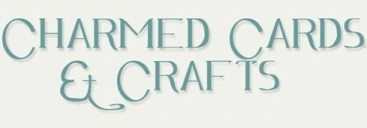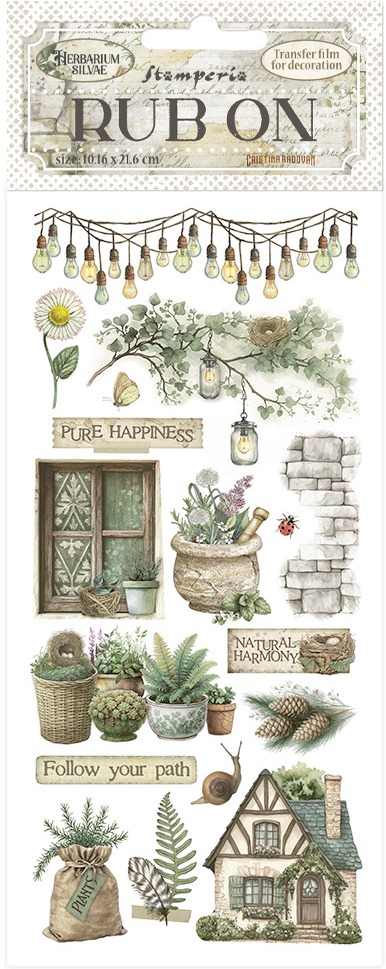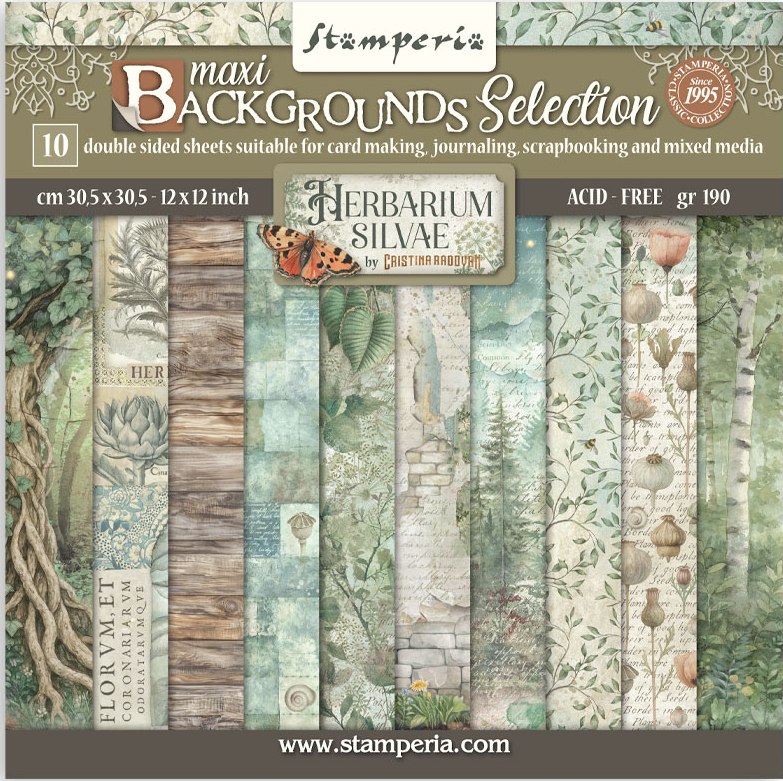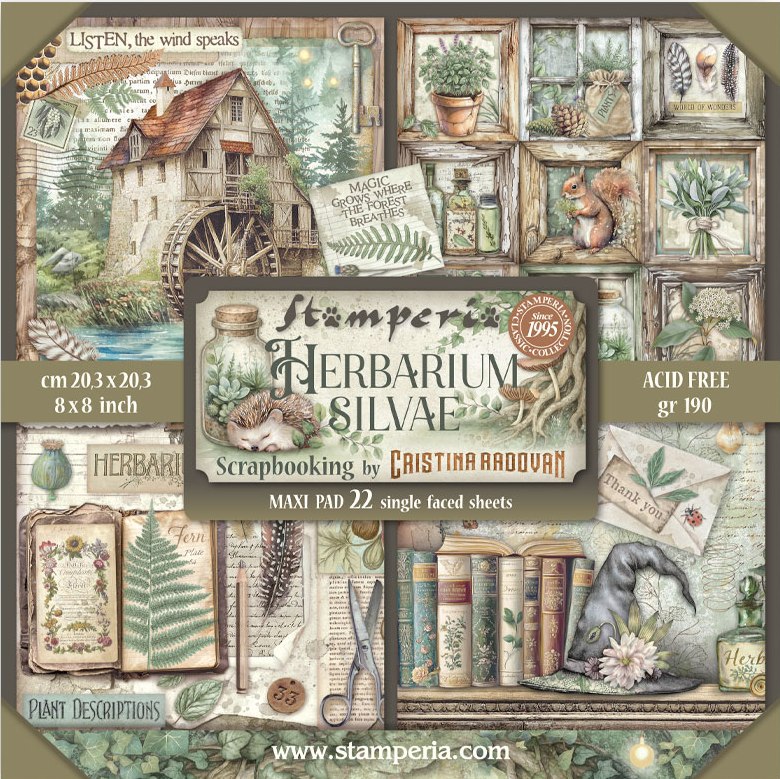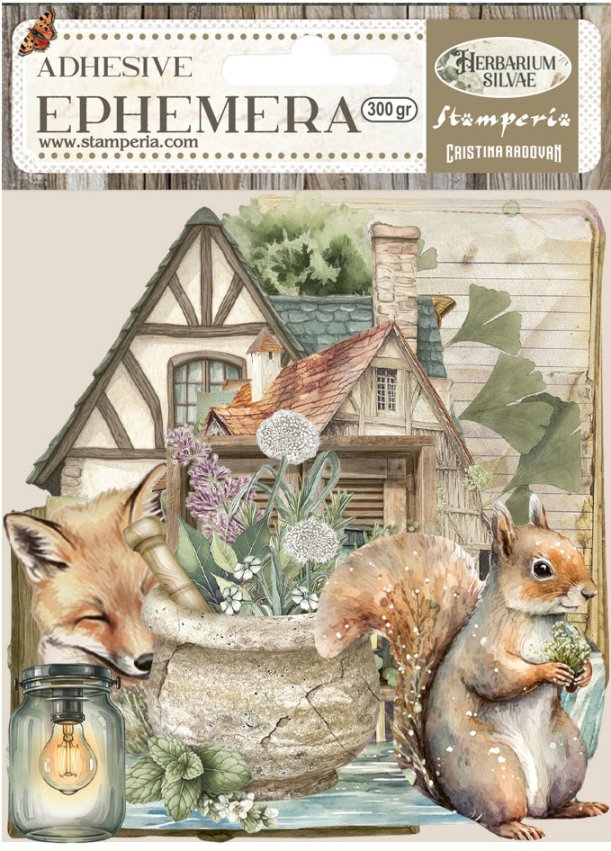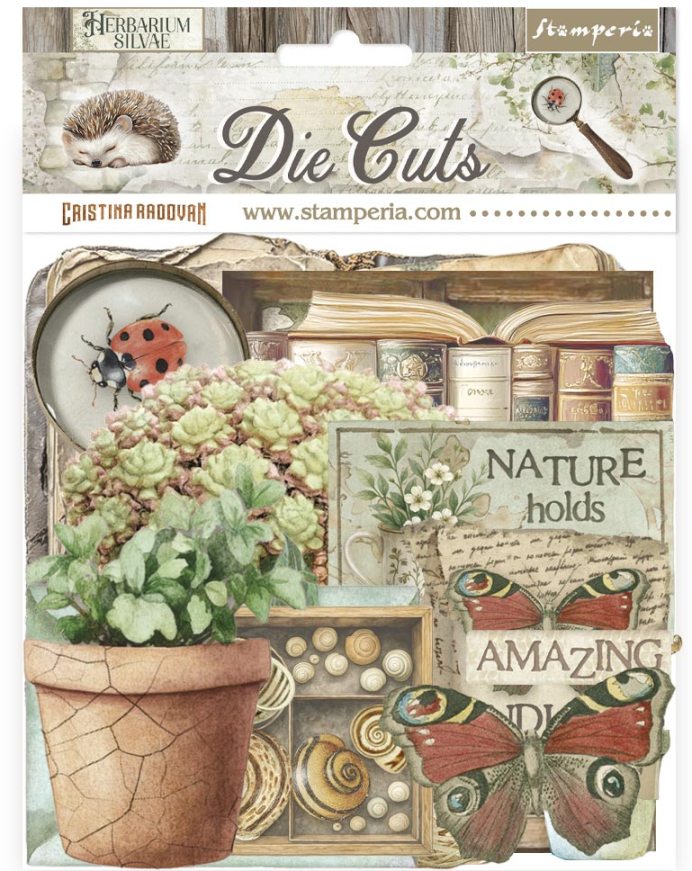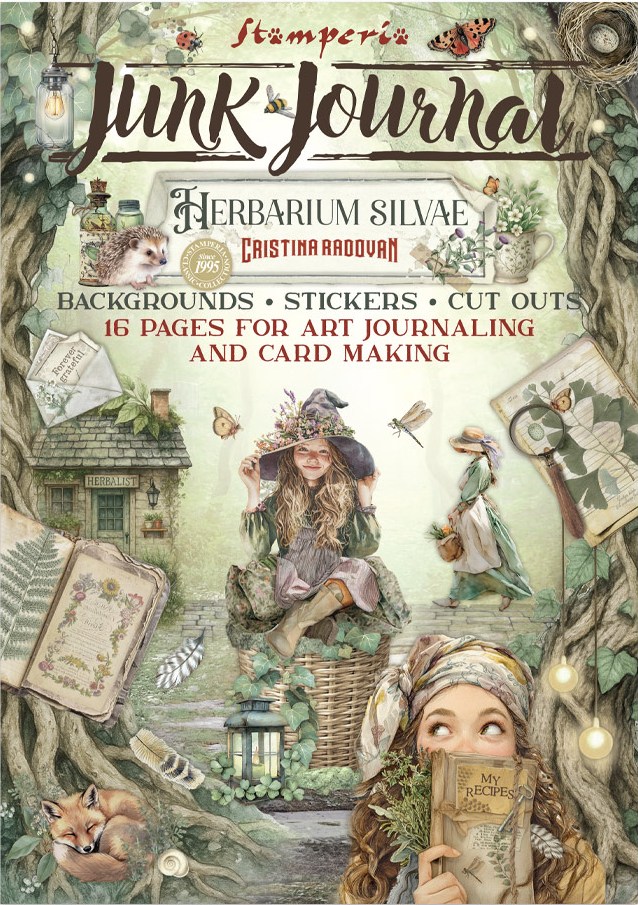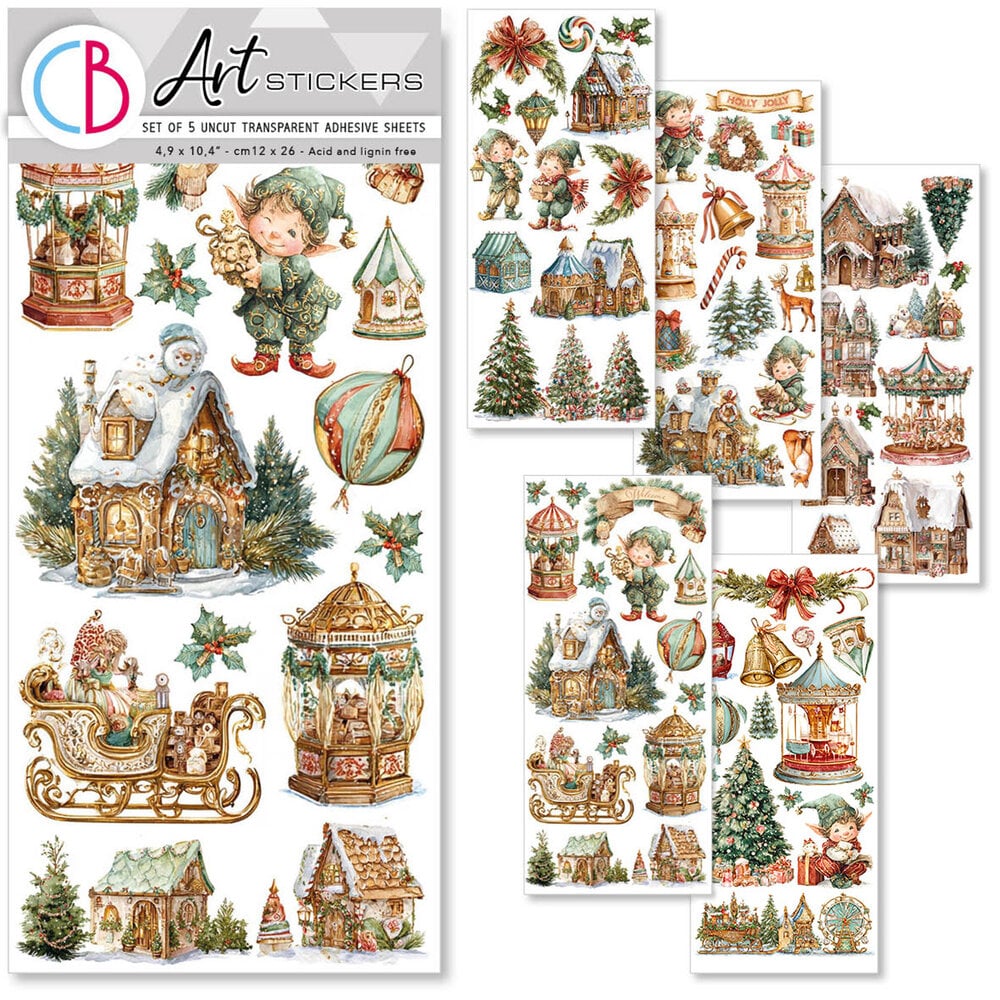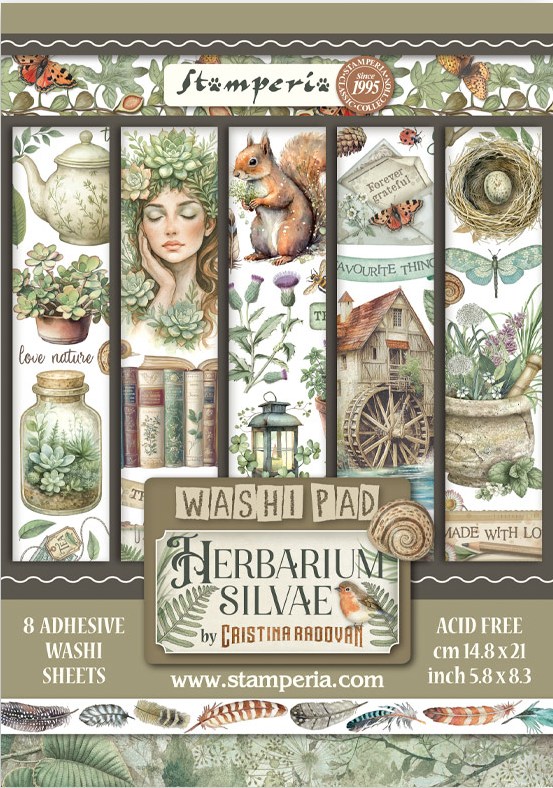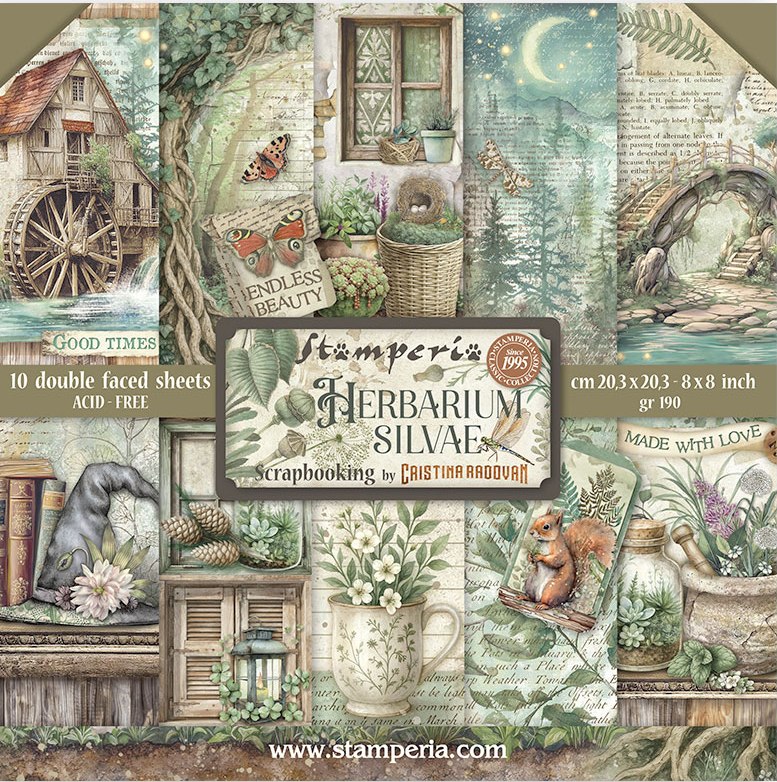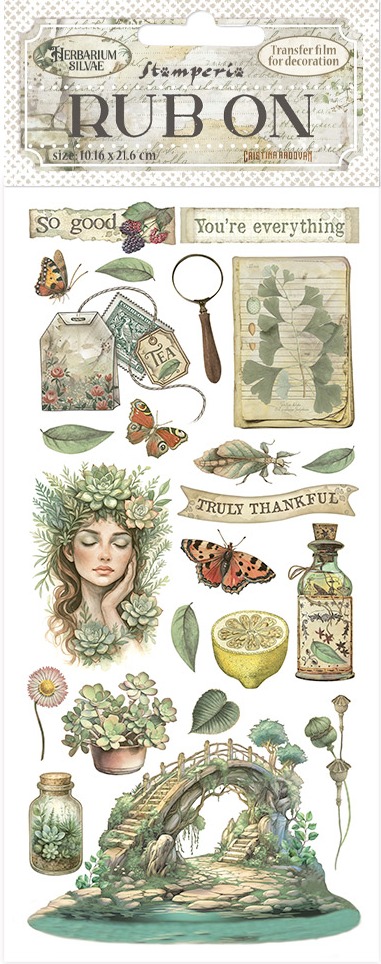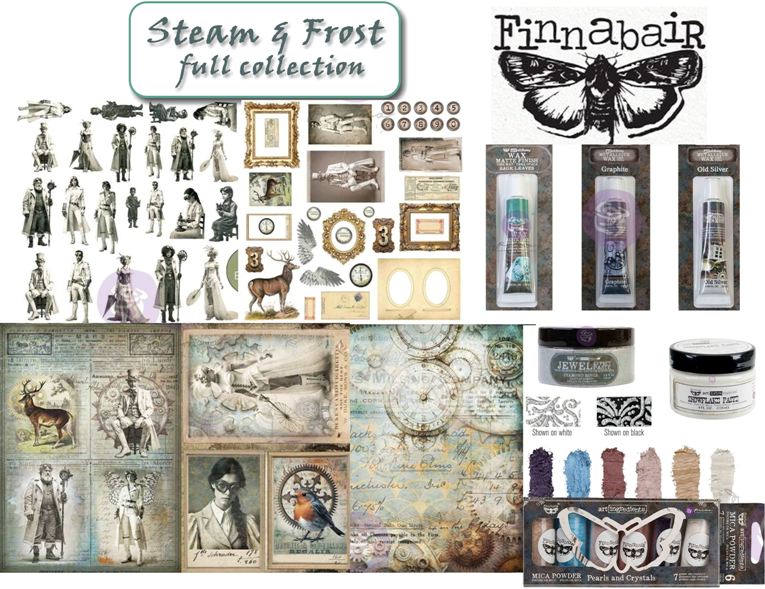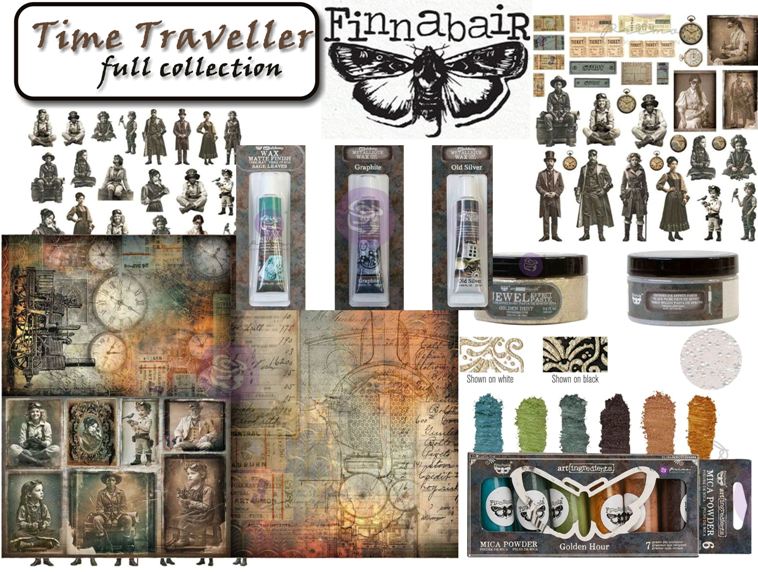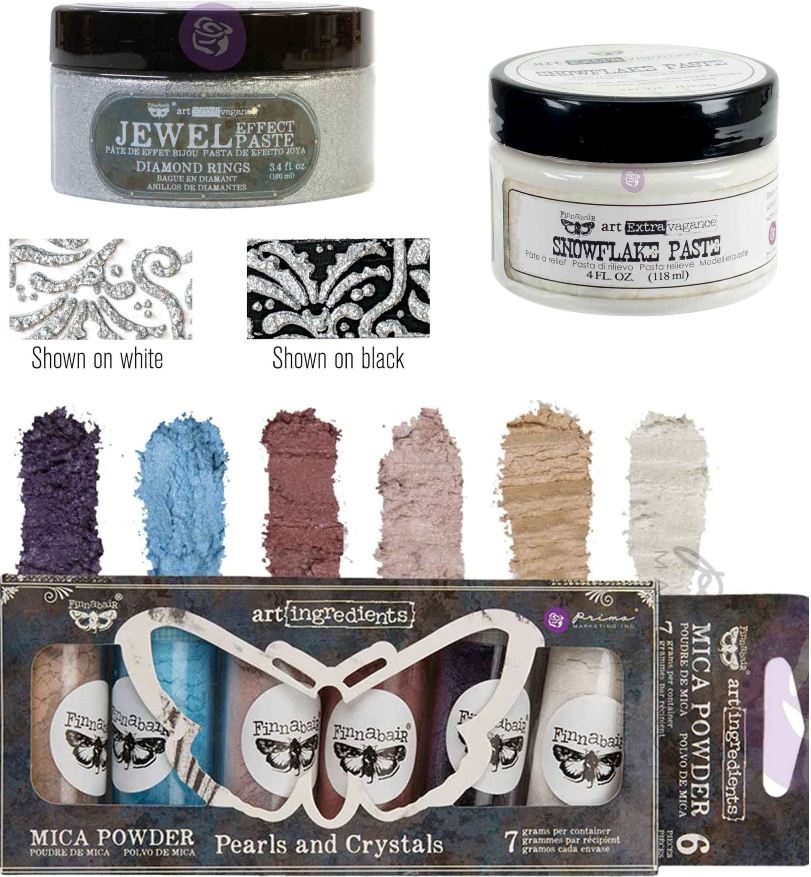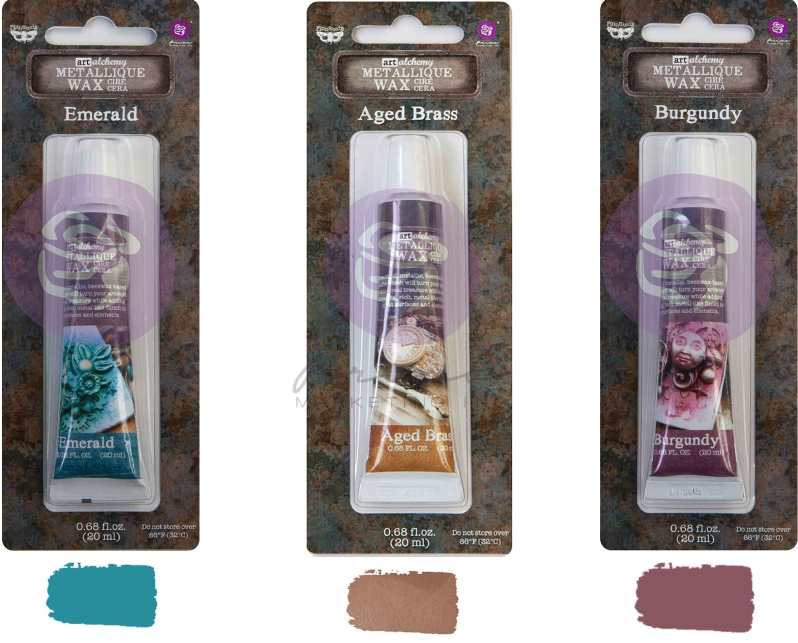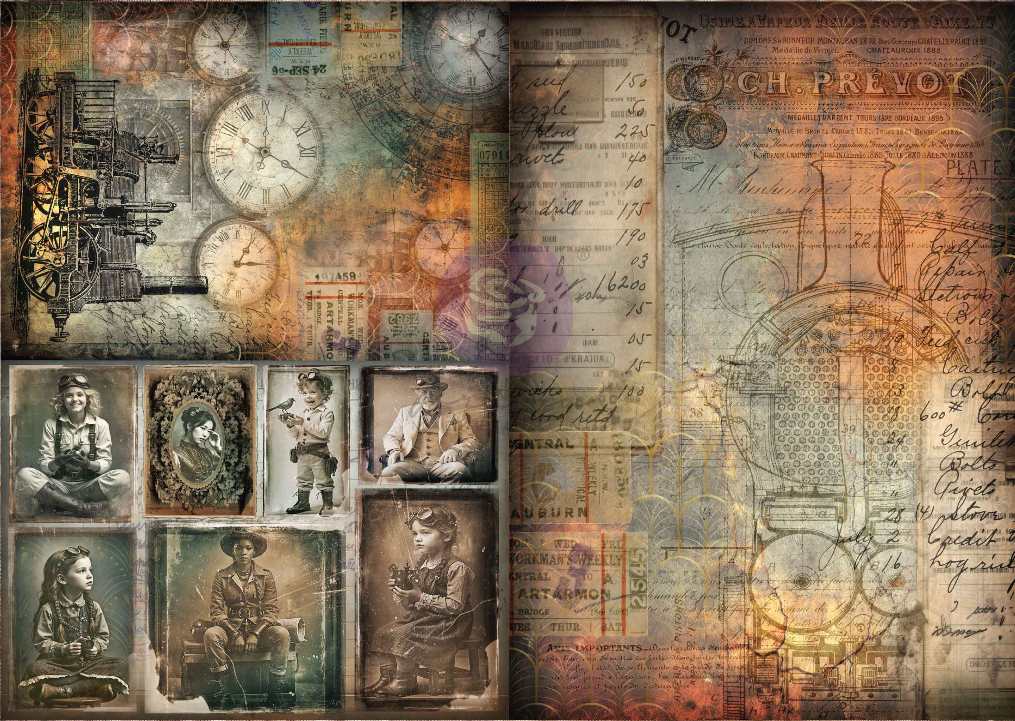- Terms & Conds
- Contact Us
- Search Your One-Stop Craft Shop

How To - Embossing
What is embossing?
Embossing is a simple process that changes a flat stamped image into a 3 dimensional image. It can also add a satiny sheen, glitter, or iridescence to the image.
How to Emboss...
You can use any rubber stamp for embossing but remember some detail may be lost in the process, so for best results use an image with lots of bold elements. The most important factor when deciding to emboss is the complexity of the image. Any stamp used for embossing should be fairly simple. Outline stamps work very well but any stamp that depicts a large amount of detail (such as shadows) will not render effectively because the embossing powder expands when heated and lines which are close together tend to run into each other.
Embossing works well on paper and card - you can also emboss onto fabric, wood and glass with a little practice!
Your ink pad must be one of those recommended for embossing otherwise your image will dry before the embossing powder has a chance to stick to it! Embossing powders are heat activated powders and are available in an enormous array of finishes. From stunning metallics to fancy finishes, you will be able to select the right colour and effect for your image. For a subtle background effect, try using a clear embossing powder or even matching your powder colour to the background colour.
To prepare for embossing - Ink your stamp with your ink pad and apply this to your surface. Working quickly before the ink dries, cover the entire image with an even coat of embossing powder. Tip the excess powder onto a clean sheet of paper and return to the container. You will notice how little powder you actually use! You are now ready to move on to the final stage - heating!
You need a heat tool for embossing. Don't use a hair dryer as it could blow away the powder and it doesn't really get hot enough to melt the powder so could take a very long time, you can use an iron but we recommend using a specialised heat tool which will direct the heat where you want it. Irons can wrinkle the paper and have undesired effect. Ensure that the entire image comes into contact with the heat evenly until the powder melts. Keep the heat tool moving with circular motions so you do not overheat one spot. You will quickly become used to the amount of time this takes and you can see the transformation happen before your eyes.
A personal recommendation if you haven't got a heat tool is the humble toaster. Hold the card ABOVE the toaster with the embossed image UPWARDS and watch it melt. Move it around and make sure that the card does not come into direct contact with the toaster. Once the image is embossed you can add more colour or simply leave it as it is.
Any type of colouring medium can be used to colour in an embossed image. If you are using a dye based ink pad you will need to colour your image with a coloured pencil as dye based pads are water soluble and can be smudged if other colouring mediums are used.
Click here to go to our embossing department.
A few suggestions ....
Autumnal Leaf: To emboss a leaf in gorgeous autumnal colours stamp a leaf image with tinted embossing ink. Pour a little gold powder on one part of the image, shake of the excess, pour a little silver on another part of the image, again tap of the excess, now use a bronze powder on another section and continue layering in this fashion with gold, silver and bronze embossing powders until the entire leaf is covered. Emboss the image and you will have a stunning Autumn leaf.
Incomplete Images: It is mighty frustrating when you stamp an image and then realise that part is missing when you add the embossing powder - we have all done it. After embossing the image draw the missing part with either an embossing pen or an erasable ballpoint pen. Add the powder to the missing part and emboss.
